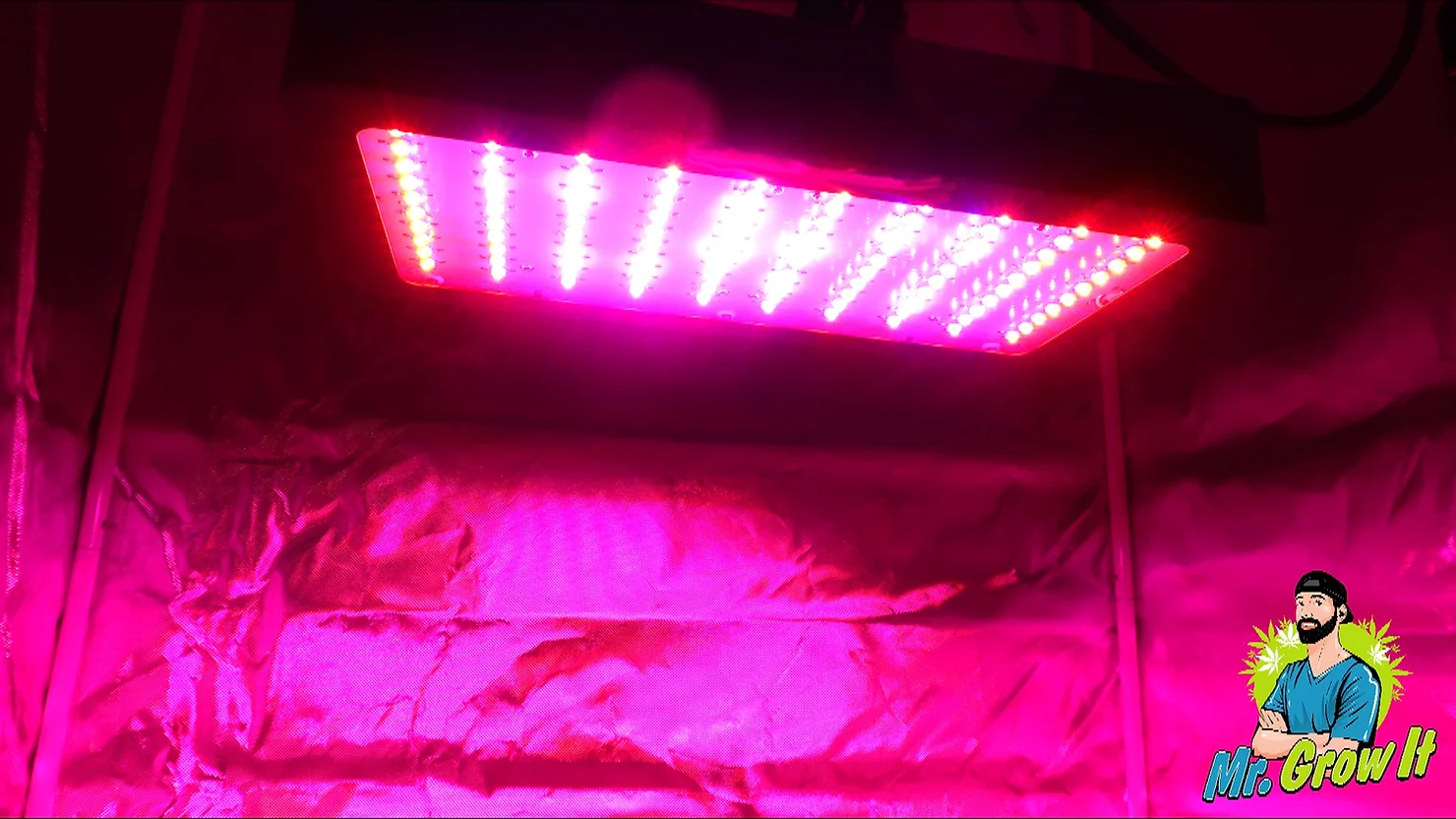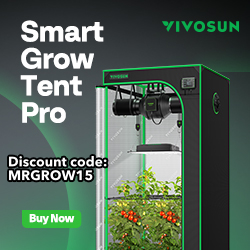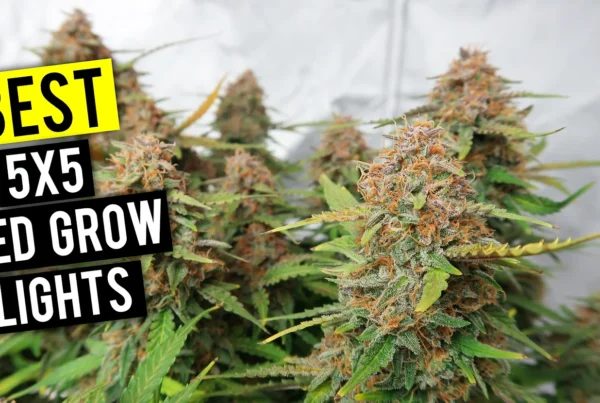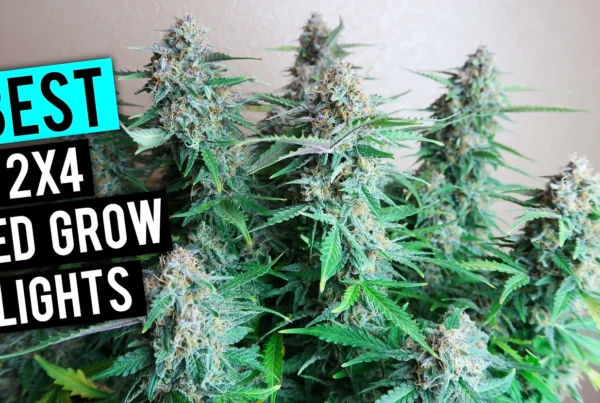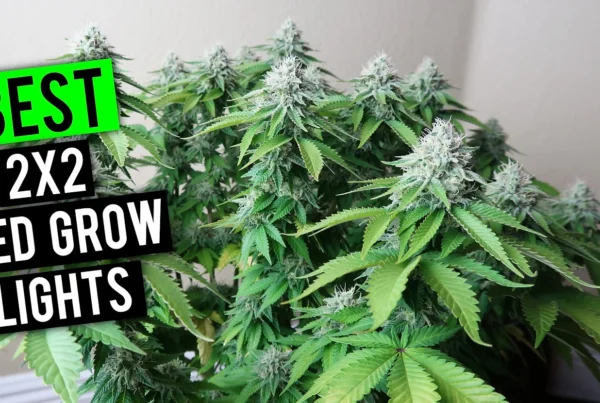Light is one of the most important aspects of growing cannabis. Without light, the plant will not be able to go through the photosynthesis process which is how the plant obtains energy to grow. There are several different types of light and cannabis plants use some more than others.
One type of light that cannabis plants use (but you probably don’t hear much about) is ultraviolet (UV) lighting. UV lighting for cannabis is a slightly more advanced topic. Ultraviolet light breaks down even further into UVA, UVB, and UVC. These different categories of ultraviolet light have different wavelengths on the light spectrum. What do I mean by that? Let me explain. The below image shows the entire light spectrum on a diagram known as the Electromagnetic Spectrum. As you can see on the diagram, it shows gamma rays, x-rays, ultraviolet, visible light, infrared, microwaves, FM, TV, and shortwaves. These are different types of electromagnetic radiation. Humans can only see visible light and cannot see any of the other types of radiation. Plants, on the other hand, can absorb other types of radiation besides visible light such as ultraviolet and infrared. In other words, there are several types of light that help plants grow!
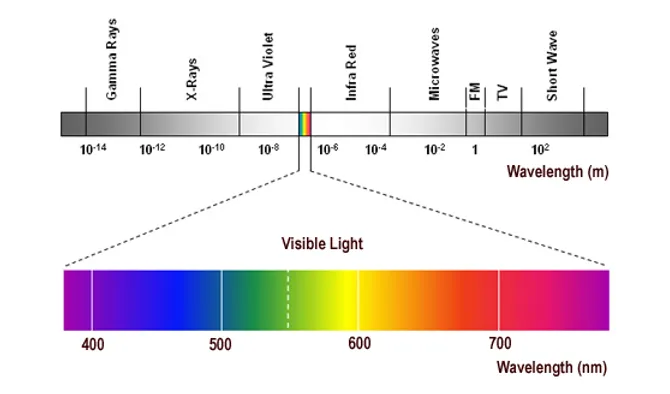
When growing cannabis outdoors, you don’t have to think about getting enough ultraviolet light. Your plants already get the correct amounts of all three UV light types naturally from the sun. They get lots of UVA, a little UVB, and virtually no UVC. The safest part of UV light both for human skin and for plants is UVA. UVA light is closest to visible light. It’s the spectrum of UV that most LED grow lights try including at a minimum. UVA has been shown quite conclusively to improve growth during the vegetative stage. Due to this, many growers will give their plants UVA light only while in the vegetative stage. Other growers will keep UVA light on their plants for their entire life.
Now let’s talk about UVB light. There is a market for plasma and other lighting that emits both UVA and UVB. Therefore, it’s possible to get that portion of the spectrum for your plants. Although, the impact of UVB on your cannabis plants is inconclusive. There are theories that the UVB light boosts resin production. I personally believe that adding UVB lighting during the last 2 weeks of the flowering stage does help increase resin production. There are several grow journals out there that document placing a 10.0 UVB light over their plants during the final weeks in the flowering stage and you can see the difference. Although, UVB is dangerous for the human skin and many people think the feature is just too hazardous for amateur grow setups. For this reason, most LED grow lights that include UV light really focus on UVA instead.
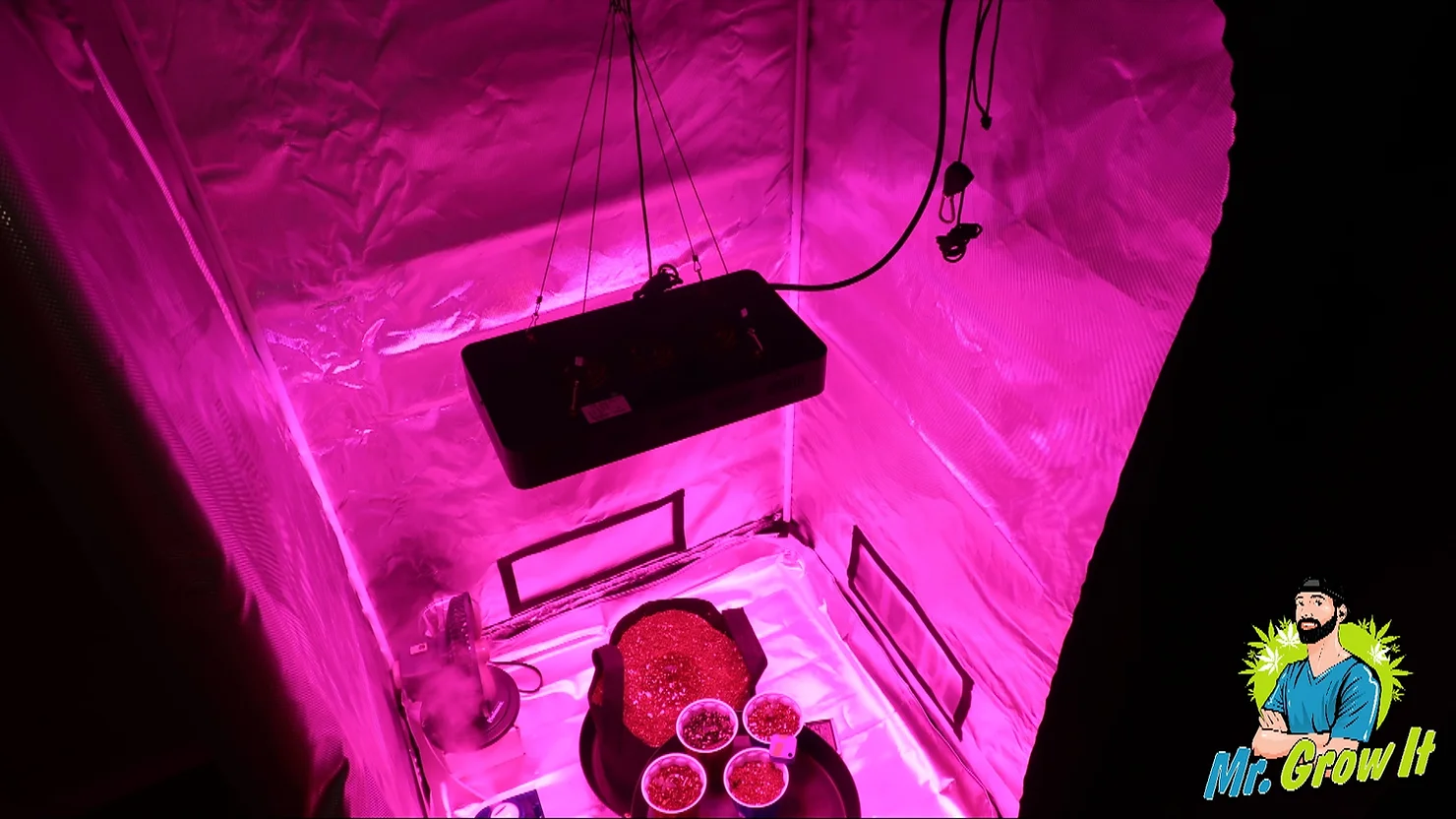
Last but not least is UVC light. This type of light has an interesting usefulness. In the outdoors, UVC is almost completely filtered out by the ozone layer. It actually carries too much electromagnetic radiation for plants to process anyways. It is, however, a light type that can be used in small amounts to kill certain things like mold spores, water bacteria, and soil pests. This is known as ultraviolet germicidal irradiation. So technically, UVC light is a kind of disinfectant. It’s not typically marketed for growing but more so as a water or air purifier and also as a bacteria killer on surfaces and in food. Use UVC in short, limited, and regular applications to kill pests and molds or disinfect something like your water reservoir without actually fully cleaning it. By short applications I mean you can simply flash UVC on something once per day for a few seconds to get results. Long exposure to your plants will cause burn like damage. Just like UVB light, UVC is also dangerous for your skin so don’t expose yourself to it directly. Do you use UV light in your garden? If so, what type and how do you use it? Let me know by leaving a comment below.
![]()

